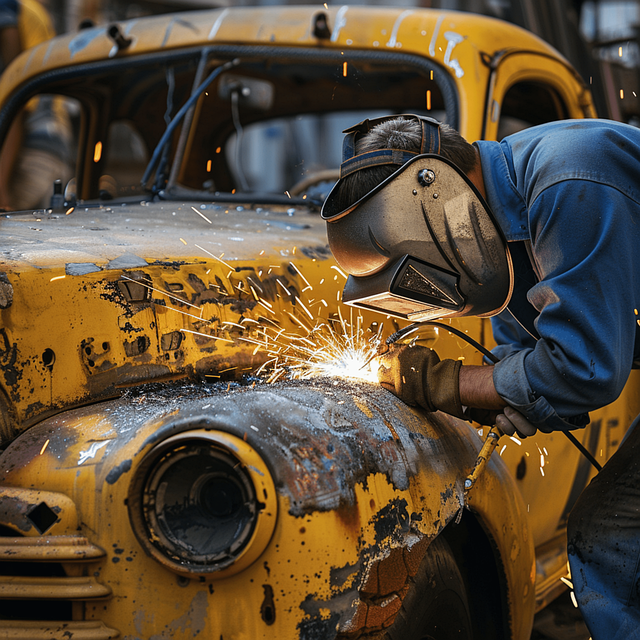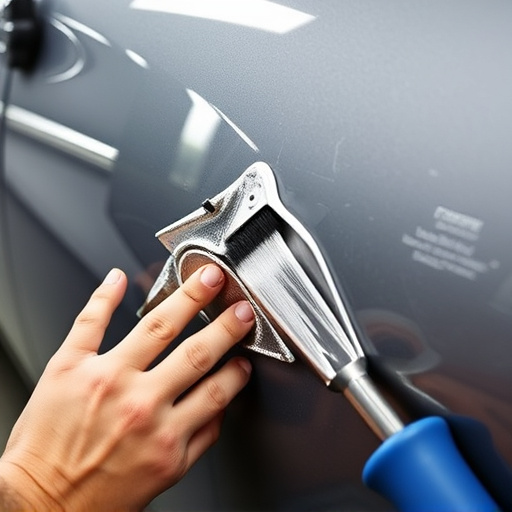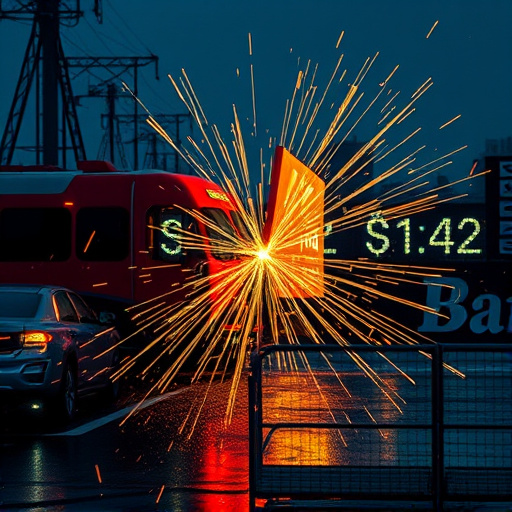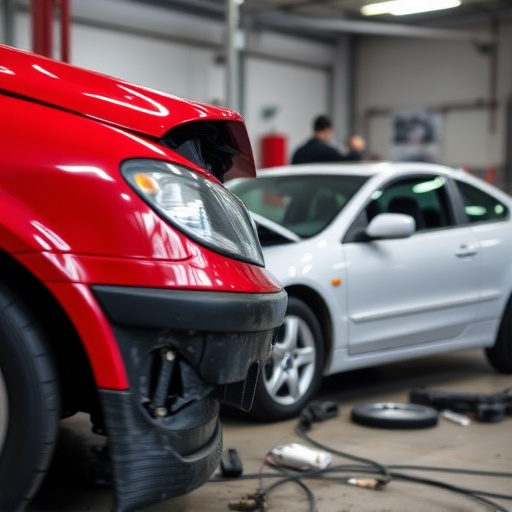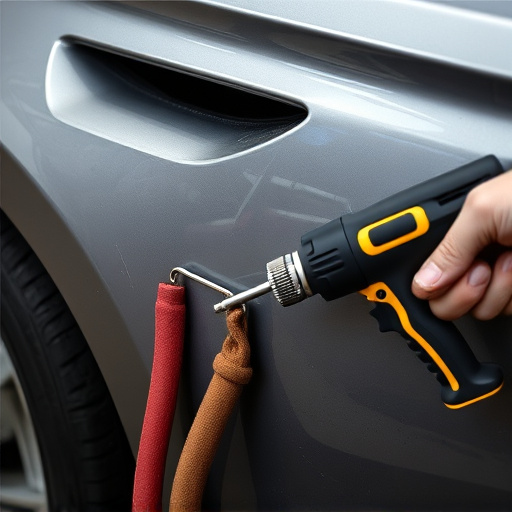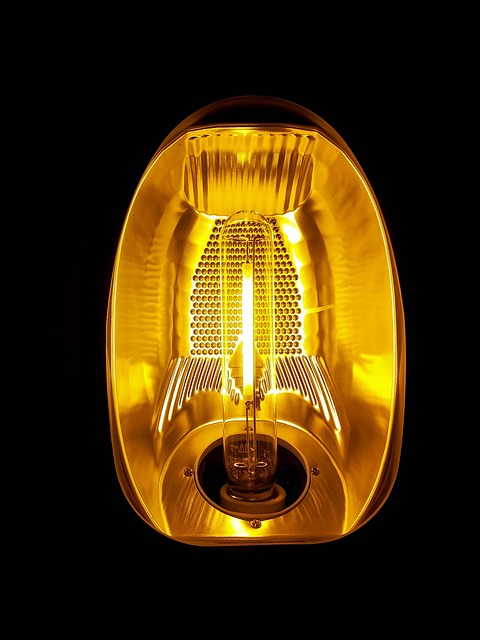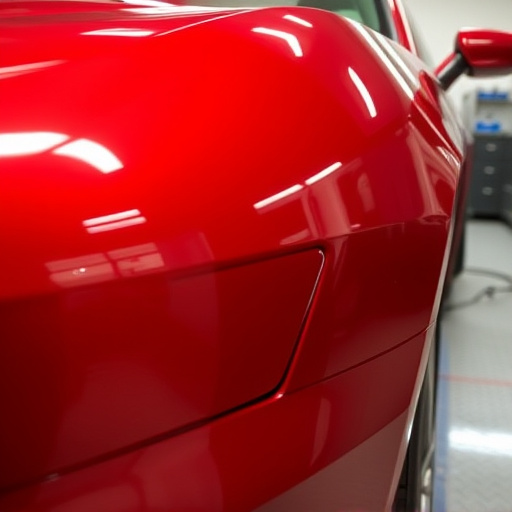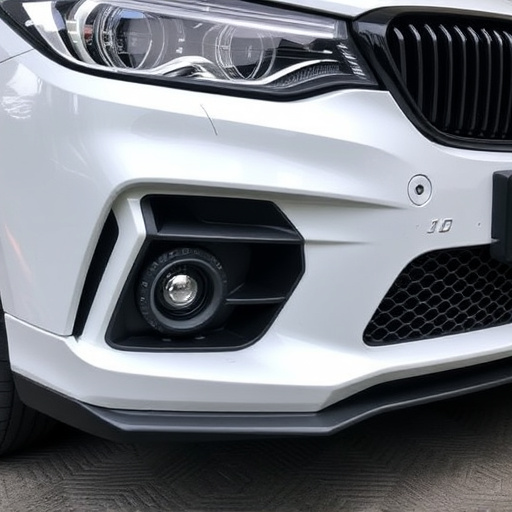Proper Tesla headlight alignment is critical for safe driving and visibility. It ensures a symmetrical light pattern, enhancing nighttime conditions. Alignment requires specialized tools and expertise to meet manufacturer specs. Regular checks prevent issues like uneven wear or blinding other drivers. Damage or misalignment can be detected using advanced tools, preserving function and aesthetics through paintless dent repair. Regular inspections and troubleshooting ensure optimal performance and safety.
Ensure your Tesla’s safety and visibility on the road with a comprehensive guide to understanding, checking, and troubleshooting Tesla headlight alignment. This article delves into the basics of headlight alignment, provides practical tools and techniques for symmetry checks, and offers solutions to common issues. From identifying misaligned headlights to correcting them, you’ll gain the knowledge needed to maintain optimal lighting performance for enhanced nighttime driving—a crucial aspect of Tesla ownership.
- Understanding Tesla Headlight Alignment Basics
- Tools and Techniques for Light Pattern Symmetry Check
- Troubleshooting Common Headlight Alignment Issues
Understanding Tesla Headlight Alignment Basics
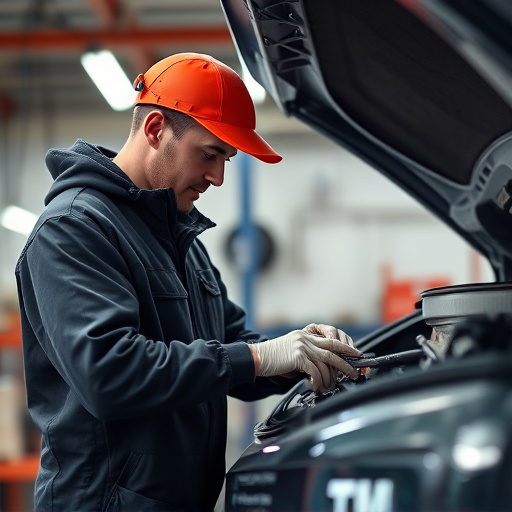
Maintaining proper Tesla headlight alignment is key to safe driving and optimal visibility. It ensures your headlights cast a symmetrical light pattern on the road ahead, enhancing nighttime and low-visibility driving conditions. Basic alignment involves adjusting the vertical and horizontal aim of each headlamp to meet manufacturer specifications. This process typically requires specialized tools and expertise, making it recommended to visit an auto collision center or trusted vehicle repair shop for accurate adjustments.
Regular checks are crucial to prevent issues like uneven wear on headlights, blinding other drivers, or compromising your vehicle’s overall lighting system. Over time, factors such as minor collisions, routine wear and tear, or improper installation can impact alignment. Fortunately, many auto collision centers offer paintless dent repair services that also include headlight realignments, ensuring your vehicle’s lights function at their best while preserving the aesthetics of its exterior.
Tools and Techniques for Light Pattern Symmetry Check

When conducting a light pattern symmetry check for Tesla headlights, several tools and techniques come into play. One of the most essential tools is a high-quality digital camera with a wide-angle lens, capable of capturing clear images from various angles. This allows for a detailed analysis of both headlight beams, ensuring they are perfectly aligned and symmetrical. Additionally, specialized alignment equipment, such as laser-based systems, can precisely measure the position and intensity of each light source, providing data to fine-tune any misalignments.
Professionals in collision repair services or body shop services often utilize these tools to assess not only Tesla headlights but also the overall vehicle bodywork. By examining the light patterns, they can detect even the subtlest discrepancies that might indicate damage or misalignment during the manufacturing process. This meticulous approach guarantees that each headlight is functioning optimally and symmetrically, enhancing road safety and contributing to a seamless driving experience.
Troubleshooting Common Headlight Alignment Issues
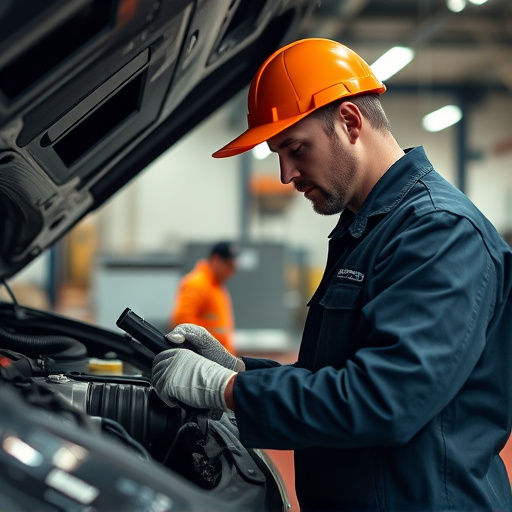
When it comes to Tesla headlight alignment, several common issues can arise over time. One of the most noticeable is light pattern asymmetry, where one or both headlights appear misaligned or cast an uneven beam on the road. This problem could be caused by a simple adjustment in the headlight aim or more complex issues like damaged components or even fender repair needs after a collision. Regular checks are crucial to ensuring optimal visibility and safety while driving.
Troubleshooting these issues involves several steps, starting with inspecting the headlight bulbs for any signs of damage or burn-out. Next, verify that all mounting bolts and components are securely fastened without loose connections. In some cases, a simple readjustment using the vehicle’s built-in alignment tools might suffice. However, if the problem persists, it may indicate more severe damage to the headlight assembly or even auto body repair needs. Visiting a reputable vehicle body shop for expert diagnosis and repairs is often recommended.
Maintaining proper Tesla headlight alignment is crucial for both safety and aesthetic reasons. By understanding the basics of alignment, utilizing the right tools, and addressing common issues, you can ensure your Tesla’s headlights cast a symmetrical light pattern, enhancing visibility and preserving the vehicle’s distinctive design. Regular checks and adjustments will keep your Tesla shining brightly on the road ahead.
